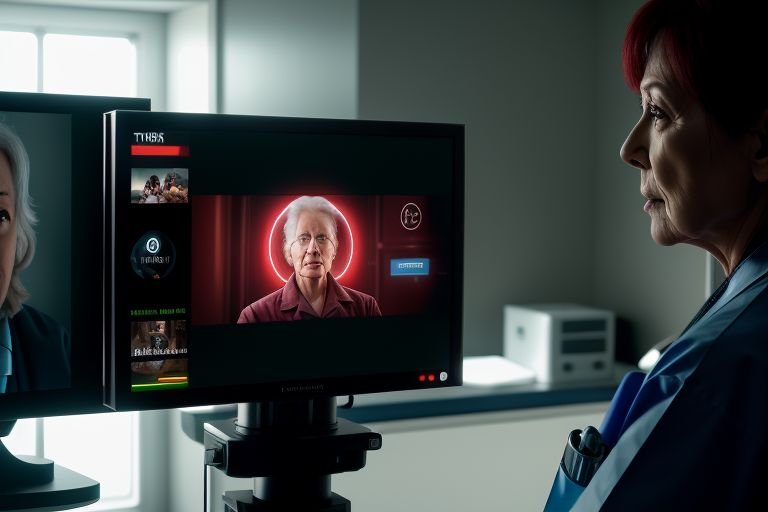
Using Telehealth to transform Patient Care Post-Pandemic
The Coronavirus disease has really accelerated change in the delivery of healthcare and telehealth has become one of the most crucial concepts as of now. Due to growing concerns of safety and accessibility that led to the shift towards remote consultations, telehealth has emerged as one of the popular service delivery models among healthcare organisations across the globe.
Apart from increasing the accessibility of health-care services, this shift has also promoted the levels of satisfaction as well as compliance among patients. Telehealth is one of the best approaches to healthcare hence its benefit of eradicating geographical barriers to healthcare.
Hitherto, the reduced numerical strengths and cumbersome challenges of cost, time and energy required in the movement from one place to another to seek professional medical advice are some of the factors that have led to the discouragement of patients from seeking medical treatment early enough. This is especially important to the people in rural or remote areas who in the past could not consult with specialists in their field of medicine.
The expansion of telehealth services has gone on to fill this gap adequately owing to the fact that regardless of the location of the patient, they are able to access specialists. Various research has revealed that through the use of telehealth access to health care is also effective and there is an added bonus of satisfaction among the patients. Online consultations provide a number of advantages including its flexibility over traditional physical visits, suggested by the so-called “digital round” for some types of appointments.
These results are also expected to remain as more restrictions are lifted, thus reflecting an inward patient preference and dynamic change in the ways through which healthcare services are delivered. Telehealth has also shown its effectiveness in enhancing patients’ compliance to Treatment Regimen. The ability to attend follow-up appointments frequently as well as periodic checkups over video calls or other instant messaging platforms helps the healthcare providers to track the patient’s recovery frequently and make necessary adjustments to the recovery program.
Thus the constant interposal can result into improved health status and less rates of hospitalization amongst patients that suffer from chronic illnesses. While the range of tele health technologies grows, there are changes with the levels of protection of patient data and incorporation of artificial intelligence in the tracking and diagnosing of patients remotely.
AI-driven chatbots, and symptom checkers are also getting more complex, and primarily help patients with preliminary advice and preliminary screening before they refer them to doctors. These developments are not only enhancing the efficacy of the healthcare system only but also enabling people to manage their health in a better way.
But more and more development of telehealth service has posed significant concern of reimbursement, policy and law, and issue of care quality. Normal healthcare organisations and policy makers are asking themselves leading questions regarding telemedicine, that is, how to make it available for everyone, including people who may not have steady access to the internet or who may not know how to use computers.
Also, there are present debates concerning the optimal level of telemedicine and face-to-face appointments, given the fact that some diseases and treatments still require touch.
Moving toward to the future, it can be concluded that current trends suggest that telehealth will become a permanent part of the health care system. Hence, this change implies a change of focus to patient-centered care or the improvement of access in the course of developing health care to minority population for better health.
This is especially the case regarding telehealth technologies and care modalities that are currently being offered to patients and provided by the healthcare providers.
Effective and widespread use of telehealth as a part of conventional healthcare system is the profound shift in the delivery and accessibility of medical services. Telehealth offers a bright vision for the future of healthcare as it collaborate the barrier to care, enhance patient experience, and integrate the modern day health technologies.
Researching and developing additional policies regarding funding, reimbursement, and utilization of telehealth along with engaging various stakeholders is necessary for further advancement of the telehealth application in enhancing patients’ quality of care in the future.


